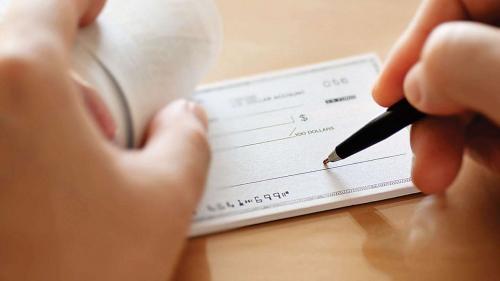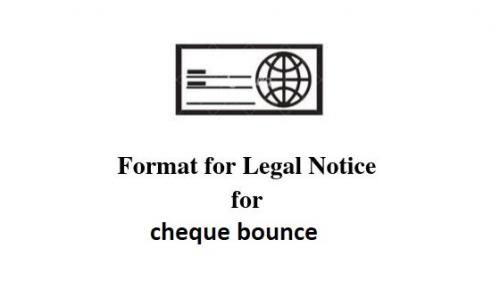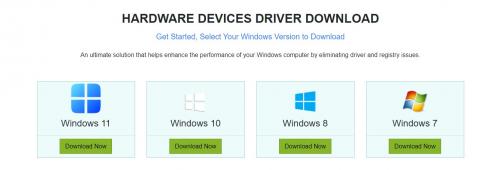Cheque Bounce Case Rules - Trace the Technicality

A cheque is a negotiable instrument that allows the transfer of funds from one person to another. It is a popular method of payment used in business transactions, and it is considered to be a reliable form of payment. However, there are times when a cheque is returned unpaid, which is commonly known as a cheque bounce.
A cheque bounce occurs when the bank is unable to process the payment due to insufficient funds, mismatched signatures, or other technical reasons. In such cases, the payee can take legal action against the drawer of the cheque. In this article, we will trace the technicalities involved in cheque bounce cases and the rules that govern them.
The Negotiable Instruments Act, 1881, governs the rules and regulations for cheque bounce cases in India. Section 138 of the Act defines the provisions for dishonour of cheques for insufficiency of funds. According to this section, if a cheque is dishonoured due to insufficient funds, the payee can issue a legal notice to the drawer within 30 days of the cheque's return. The drawer must then make the payment within 15 days of receiving the notice; otherwise, legal action can be taken against the drawer.
In addition to insufficient funds, there are other reasons why a cheque can be dishonoured, such as mismatched signatures, post-dated cheques, stale cheques, and overwriting. If the cheque is dishonoured due to any of these reasons, the payee can issue a legal notice to the drawer. The legal notice should include the details of the cheque, the reason for dishonour, and a demand for payment.
In cheque bounce cases, it is important to prove that the cheque was issued for a debt or liability. The payee must show that the cheque was issued as a mode of payment for a transaction or a debt owed by the drawer. It is also essential to prove that the cheque was presented within the validity period, which is usually three months from the date of issue.
In cheque bounce cases, the burden of proof lies with the payee. The payee must provide sufficient evidence to prove that the cheque was dishonoured due to insufficient funds or any other technical reason. The payee must also prove that the drawer had knowledge of the insufficiency of funds or the technical reason at the time of issuing the cheque.
Once the legal notice is served, and the payment is not made, the payee can file a complaint under Section 138 of the Negotiable Instruments Act. The complaint must be filed within 30 days of the expiry of the notice period. The complaint must be filed in the court of the magistrate within whose jurisdiction the bank is located where the cheque was dishonoured. The complaint should include the details of the cheque, the reason for dishonour, and a demand for payment.
The court will then issue a summons to the drawer of the cheque, and the case will proceed to trial. The trial in cheque bounce cases is a summary trial, which means that it is a speedy trial that is completed within six months from the date of filing the complaint. During the trial, both the payee and the drawer will be given an opportunity to present their evidence and arguments.
If the court finds the drawer guilty of dishonouring the cheque, the drawer can be sentenced to imprisonment for up to two years or a fine that is twice the amount of the cheque or both. In addition to the penalty, the drawer may also have to pay compensation to the payee for any damages or losses incurred due to the dishonour of the cheque.
In conclusion, cheque bounce cases involve technicalities that must be followed to ensure a successful outcome. The payee must issue a legal notice within 30 days of the cheque's return and file a complaint. This can be done with the professional assistance and online advocate help available at Insaaf99.com.









Comments